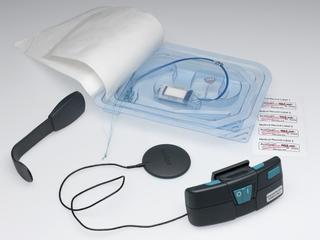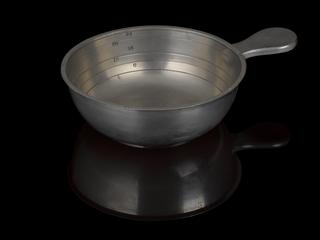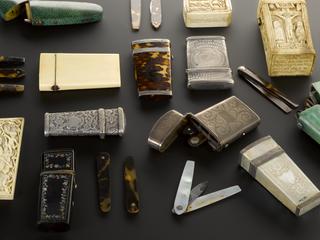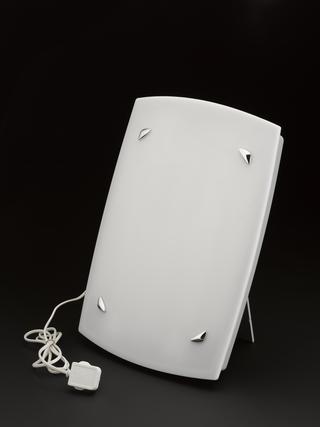
Portia 'non-flam' Actinotherapy goggles
- Made:
- 1940 -1950
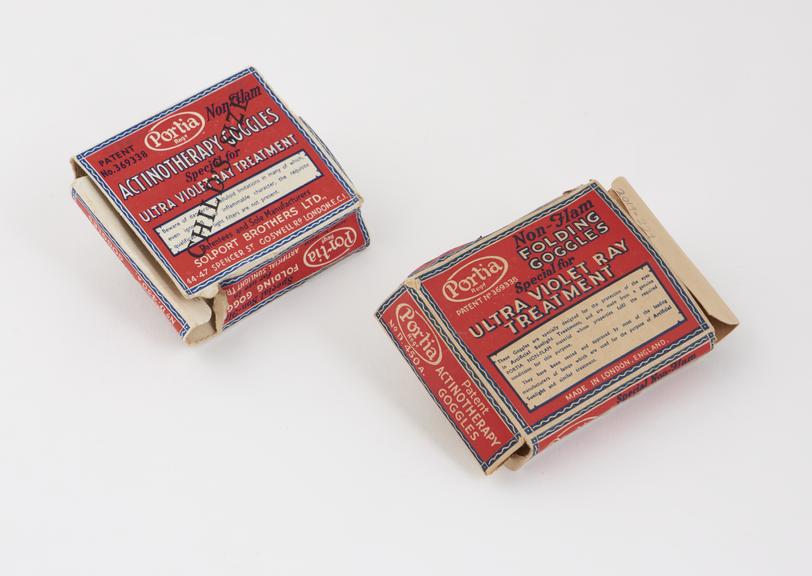
Two pairs (adult and child) of Portia 'non-flam' Actinotherapy Goggles, used to protect eyes from UV lamps. Made by Solport Brothers Ltd, London, 1940 - 1950. Plastic.
There has always been an awareness that light therapy lamps pose a risk to the user, so people wore goggles like this to protect their eyes from the light. This pair are described as ‘non-flam’ because the carbon rods used in some lamps spewed hot ash, and some brands of goggles caught fire.
Light therapy was developed in the late 1800s and early 1900s as a popular treatment for a wide range of conditions. Carried out with both natural sunlight and artificial light, UV rays were thought to be most beneficial. Their use was found to disinfect wounds and boost vitamin D production, essential for bone growth. Niels Ryberg Finsen popularised light therapy and won the Nobel prize in 1903 for his work using it to treat the lesions left by smallpox and tuberculosis of the skin. However, its uses and benefits were widely discussed and sometimes disputed in the medical and popular press.
Details
- Category:
- Therapeutics
- Object Number:
- 2019-229
- Measurements:
-
overall (adult): 50 mm x 140 mm
overall (child): 45 mm x 110 mm
- type:
- goggles

